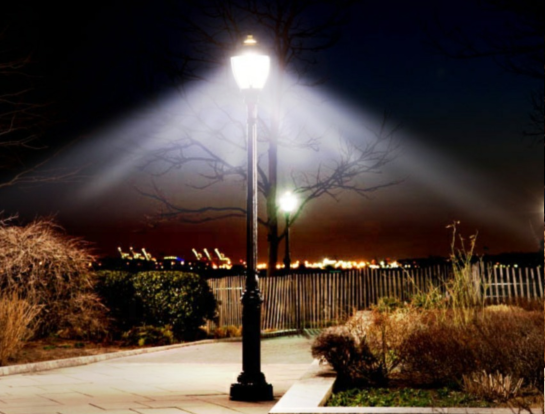
Image Source: Google
Dark sky lighting, or the concept of minimizing artificial light pollution during nighttime, is a critical issue that impacts both wildlife and human health. The use of excessive lighting at night has led to a phenomenon known as light pollution, which not only disrupts the natural behaviors of wildlife but also has adverse effects on human well-being. Understanding the impact of dark sky lighting is essential in order to mitigate the negative consequences on our environment.
One of the most significant impacts of dark sky light pollution on wildlife is the disruption of natural behaviors and habitats. Many species of animals rely on the natural cycles of light and dark to regulate their activities such as feeding, mating, and migration. Artificial light at night can confuse these natural rhythms, leading to disorientation, changes in behavior, and even population declines.
For example, bright lights near coastal areas can disorient sea turtle hatchlings, causing them to move away from the ocean and towards danger instead of instinctively heading towards the sea. Similarly, nocturnal animals like bats and owls may have difficulty hunting or navigating in brightly lit areas, affecting their ability to find food and survive in their natural habitats.
Furthermore, light pollution can also impact the health of ecosystems by disrupting the relationships between predators and prey. For example, artificial light can alter the hunting patterns of nocturnal predators, leading to imbalances in prey populations. This can have cascading effects throughout the food chain, ultimately affecting the overall health and stability of ecosystems. Insects, in particular, are highly sensitive to light and are often drawn towards artificial lights, which can disrupt their natural behaviors and lead to declines in insect populations. This, in turn, can have ripple effects on other species that rely on insects as a food source.
On the human health front, the impact of light pollution is also significant. Exposure to artificial light at night has been linked to a variety of health issues, including disruptions in circadian rhythms, sleep disturbances, and an increased risk of certain chronic diseases. The production of melatonin, a hormone that regulates sleep and wake cycles, can be disrupted by exposure to artificial light at night, leading to difficulties in falling asleep and achieving restful sleep. Chronic sleep disturbances have been associated with a range of health problems, including obesity, diabetes, and heart disease.
Moreover, light pollution can also have a negative impact on mental health and well-being. Studies have shown that exposure to artificial light at night can increase feelings of stress, anxiety, and depression. The constant presence of light can disrupt the body's natural production of serotonin, a neurotransmitter that plays a key role in regulating mood and emotions. This can lead to an increased risk of mental health disorders and a decrease in overall quality of life.
In addition to the direct effects on wildlife and human health, light pollution also has broader implications for energy consumption and sustainability. Excessive outdoor lighting not only wastes energy and resources but also contributes to greenhouse gas emissions and climate change. By implementing dark sky lighting principles, such as using shielded fixtures and directing light only where it is needed, we can reduce the amount of light pollution generated and lower our carbon footprint.
In conclusion, the impact of dark sky lighting on wildlife and human health is significant and far-reaching. By taking steps to reduce light pollution and promote responsible lighting practices, we can help protect our environment, preserve natural habitats, and safeguard the health and well-being of both wildlife and humans. It is crucial that we raise awareness about the importance of dark sky lighting and work towards creating a more sustainable and harmonious relationship between artificial light and the natural world.
